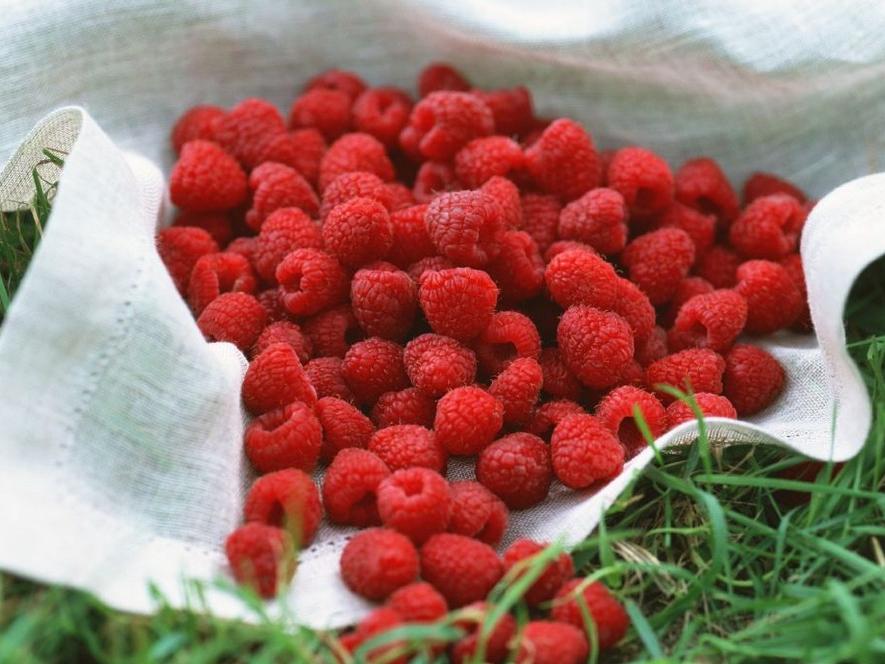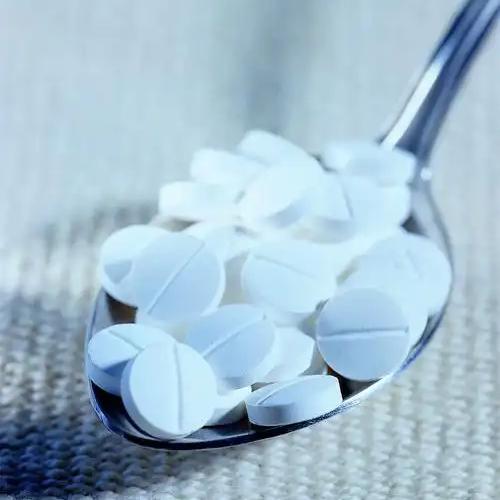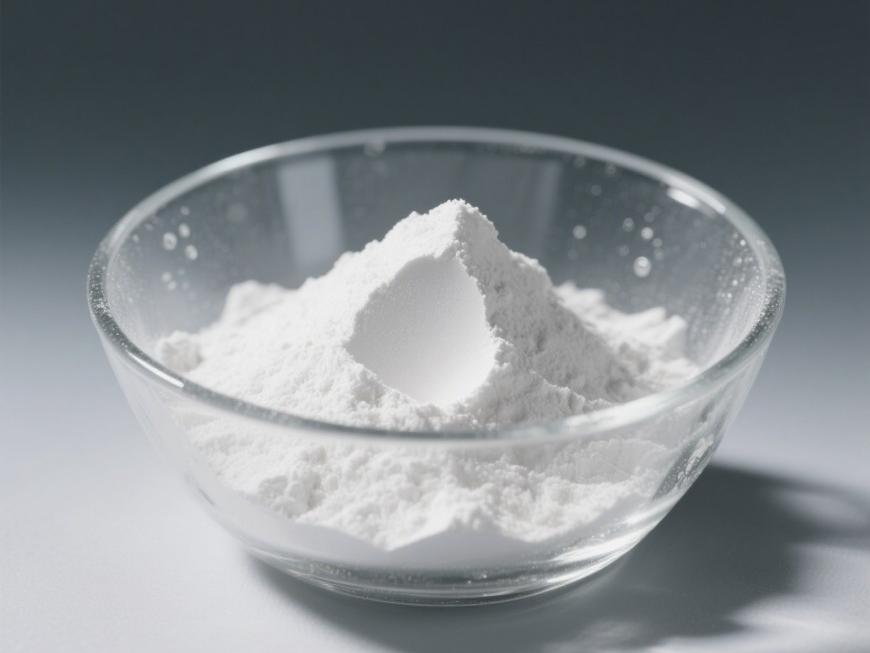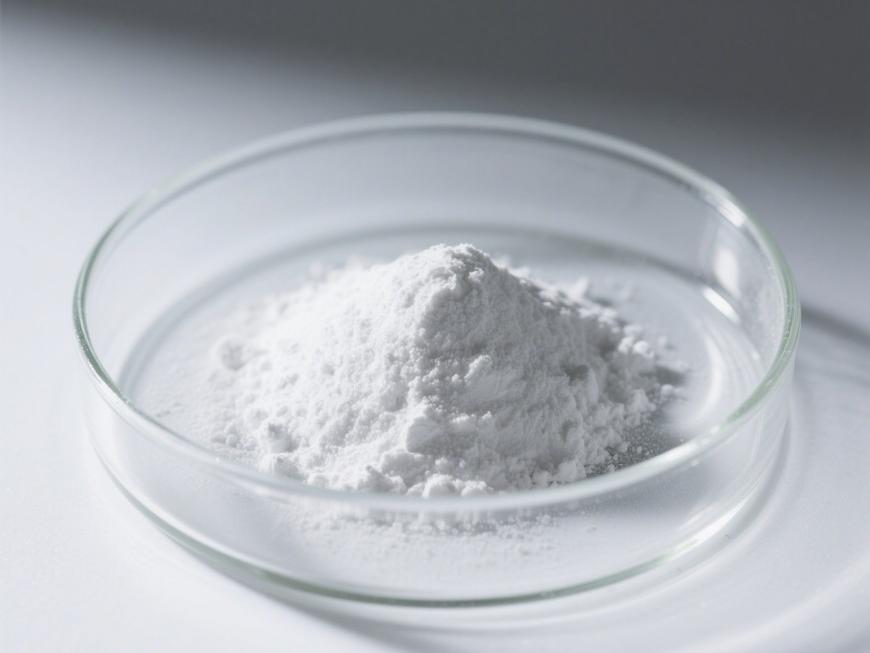Natural Raspberry Ketone Powder: Unlock Clean Label, Empower Brand Premium
Currently, the global flavor, food, and health products industries face several common challenges: unstable supply of natural raw materials, significant environmental pressures on synthetic processes, and continuously rising consumer demand for “clean labels.” Particularly in the fruit-flavored fragrance sector, traditional extraction methods face limitations due to scarce raw materials and extremely low natural content (only 0.1-0.2 ppm in natural raspberries), making large-scale application difficult. Meanwhile, petrochemical synthesis routes come with issues like equipment corrosion and pollution emissions, failing to meet increasingly stringent sustainability requirements.
Against this backdrop, raspberry ketone—a key natural aroma compound found in raspberries—demonstrates significant application advantages and solution potential. Beyond its elegant, rich fruitiness widely used in premium flavors, cosmetics, and food seasonings, its unique chemical structure (featuring aromatic rings, hydroxyl groups, and ketone groups) positions it as a vital intermediate in pharmaceuticals, pesticides, and fine chemicals. High-quality raspberry ketone produced via green processes not only helps companies elevate product aromas but also supports “natural, eco-friendly” brand claims, effectively alleviating both compliance and market pressures.

Green Spring Technology Pioneers: Naturally Fermented Raspberry Ketone Powder
Responding to the industry's urgent demand for sustainable, high-quality ingredients, Green Spring Technology leverages advanced biotechnology to successfully develop and supply raspberry ketone powder sourced from natural fermentation at scale. Our Raspberry Ketone ingredient offers these core advantages:
⭐Truly natural origin, clean label compliant: Produced via microbial fermentation, not petrochemical extraction, meeting international natural labeling standards to enhance your product's market competitiveness;
⭐Environmentally friendly, green and sustainable process: No strong acids or alkalis used throughout production, significantly reducing waste discharge to help customers minimize carbon footprint and environmental compliance risks;
⭐High purity and stability: Consistent batch-to-batch quality with pure, elegant aroma, suitable for premium applications across food, cosmetics, pharmaceuticals, and more.
Green Spring Technology is committed to providing reliable, green, and efficient raspberry ketone powder solutions, partnering with you to tackle industry challenges and embrace the new trend of natural and healthy consumption.
1 Innovation and Applications of Naturally Fermented Raspberry Ketone
In recent years, as market demand for natural, sustainable flavor ingredients has surged, raspberry ketone—a key component in premium flavorings and food additives—has seen growing emphasis on green production technologies. Among various preparation methods, natural fermentation has emerged as a pivotal direction for industry R&D and industrialization due to its environmental friendliness, efficiency, and high product naturalness.
1.1 Natural Fermentation for Raspberry Ketone Production
Natural fermentation utilizes renewable biomass as feedstock to synthesize raspberry ketone through microbial metabolism and biocatalysis. This approach avoids the reliance on plant resources inherent in traditional extraction methods while overcoming environmental and sustainability concerns associated with petrochemical pathways.
Currently, multiple technical routes have achieved breakthroughs in this process. For instance, genetically engineered strains utilize sugars like glucose as carbon sources. By optimizing fermentation conditions and metabolic pathways, they efficiently synthesize raspberry ketone precursors, which are then purified through mild processing to yield high-purity products.
Another process utilizes natural phenolic compounds as substrates, combining enzyme catalysis and microbial conversion to achieve highly efficient and selective synthesis of natural raspberry ketone. The resulting product possesses pure aroma, with a naturalness rating exceeding 98%, fully meeting international natural labeling standards. It is suitable for applications in food, cosmetics, and high-end flavorings.
Products from this route not only enjoy strong market acceptance but also hold multiple international certifications and patent protections, with their technological maturity and regulatory compliance widely recognized.
1.2 Green Spring Technology's Naturally Fermented Raspberry Ketone: Green Technology Empowering Premium Ingredients
To address the multifaceted challenges of scaling up natural raspberry ketone powder production while ensuring sustainability and cost-effectiveness, Green Spring Technology is dedicated to developing and promoting naturally fermented raspberry ketone. This approach delivers high-quality natural flavorings that are genuinely derived from biological conversion and fully traceable throughout the entire process.
2. Precision Quality Control: Advanced Testing System Ensures High Quality and Compliance of Naturally Fermented Raspberry Ketone
Green Spring Technology consistently treats product quality as its lifeline. To ensure naturally fermented raspberry ketone powder meets the purity, safety, and batch consistency requirements of premium clients and international standards, we have established a comprehensive, multi-dimensional precision quality control system rigorously applied throughout every stage from raw materials to finished products.
2.1 Rigorous Analytical Methods and High-Standard Quality Control
We employ a suite of mature, reliable, and industry-compliant advanced testing technologies to rigorously evaluate naturally fermented raspberry ketone, including:
⭐Spectrophotometry
Leveraging raspberry ketone's stable complex formation with specific reagents, we developed a rapid, sensitive quantitative analysis method. This method offers a good linear range, high recovery rates, and excellent repeatability, making it highly suitable for real-time monitoring of critical indicators during production. It ensures consistent and reliable composition in every batch of intermediates and finished products.
⭐Nuclear Magnetic Resonance (NMR) Internal Standard Method
Utilizing deuterated DMSO as the solvent and benzoic acid as the internal standard, this method enables precise quantification of raspberry ketone content. This method achieves a linear correlation coefficient of r ≥ 0.997, with relative standard deviations (RSD) for repeatability, stability, and recovery all controlled below 1.2%. The results are accurate and authoritative, suitable for final product quality release and calibration of high-purity reference standards.
Data-Driven Quality Ensures Stable, Reliable, And Premium Raw Materials for Our Customers
We adhere to “data-driven decision-making,” implementing systematic quality management to ensure full traceability, controllability, and measurability across raw materials, fermentation processes, and final products. Every batch of Green Spring Technology's raspberry ketone undergoes rigorous testing to guarantee purity, aroma performance, and naturalness metrics meet or exceed customer expectations, supporting your product compliance and market success in food, flavor, cosmetic, and pharmaceutical applications.
Green Spring Technology pledges to continuously provide safe, stable, and compliant naturally fermented raspberry ketone products through rigorous testing technology, transparent quality data, and professional support services.
3 Expanding Application Horizons: Raspberry Ketone Empowers Innovation and Health Solutions Across Industries
As demand for high-performance ingredients grows across industries, raspberry ketone's unique physicochemical properties have expanded its reach beyond traditional flavor applications into health products, pharmaceuticals, and emerging industrial sectors, demonstrating vast application potential. Our high-purity raspberry ketone provides robust support for downstream customers' product innovation and R&D.
Current primary application areas for raspberry ketone include:
⭐ Health and Nutritional Supplements: Combined with components like epicatechin gallate, raspberry ketone can be used to develop dietary supplements targeting obesity and related metabolic issues, driving innovation in wellness products.
⭐ Pharmaceutical Intermediates: As a crucial starting material for synthesizing various drugs, raspberry ketone plays a pivotal role in the pharmaceutical sector.
⭐Environmental Protection & Industrial Applications: Research on raspberry ketone's use in eco-friendly materials and specialized industries like Chinese-style cigarettes is growing, revealing its cross-sector potential.

4 Naturally Fermented Raspberry Ketone Powder: Empowering Green Product Innovation, Pioneering a New Era of Healthy Fragrances
Green Spring Technology delivers premium natural raspberry ketone ingredients through cutting-edge bio-fermentation technology. Our products, crafted through green precision processes, offer not only purity and safety but also infuse downstream applications with natural allure and market competitiveness. They are the ideal choice for high-end food, cosmetic fragrances, skincare, and health product formulations.
By choosing Green Spring Natural Raspberry Ketone Ingredient, you will gain:
⭐ Natural Labeling to Elevate Product Value
Compliant with international natural certification standards, supporting labels such as “Biologically Fermented” and “Naturally Extracted.” Helps your brand build a clean, healthy image to better meet modern consumer demands.
⭐Exceptional Aroma & Ultimate Purity
Rich, authentic aroma with high batch consistency. Ideal for premium perfumes, skincare, food flavorings, and nutritional supplements, significantly enhancing the sensory quality and stability of end products.
⭐Green Supply Chain, Reliable Assurance
Fully traceable and produced with clean, eco-friendly methods, helping you effortlessly meet sustainability and compliance requirements while reducing environmental liability risks and shaping a responsible corporate brand image.
We look forward to being your reliable partner on the innovation journey. Whether in new product development or existing formula upgrades, Green Spring Technology's natural raspberry ketone powder will provide you with robust support.
Contact the Green Spring team today for complimentary samples, technical documentation, and customized application solutions!
Email: helen@greenspringbio.com
Website: https://www.greenspringnatural.com/
☎ +86 13649243917
Let's collaborate to infuse your products with natural charm and technological vitality!
References
[1] He Jian, Sun Baoguo. Fragrance Chemistry and Technology [M]. Beijing: Chemical Industry Press, 1995: 69–72.
[2] Xie Xinmei, Pang Xiaobin, Li Xiaoting. Hypoglycemic effects of raspberry ketone on diabetic mouse models and its mechanism [J]. Chinese Journal of Pharmacy, 2012, 47(23): 1899–1904.
[3] Yang Hao, Xie Xinmei, Pang Xiaobin. Effects of Rubus coreanus extract on the expression of SHP-1 and IRS-1 in the insulin signaling pathway of HepG2 cells [J]. Chinese Traditional and Herbal Drugs, 2014, 36(8): 1579–1583.
[4] Wan Gang. Synthesis of a β-agonist—Ractopamine [D]. Shandong: Shandong University, 2006.
[5] Wang Hailong, Li Guoting, Liu Bingtao, et al. Synthesis Method of β-Adrenergic Agonist Ractopamine: China, 201110004968.8 [P]. 2011–01–12.
[6] Li Anliang, Yang Shuqin, Guo Xiuru. Research Progress on the Active Ingredient Rubus Fruticosus Glucoside in Cosmetics [J]. Fragrance and Cosmetics, 2014(4): 63–66.
[7] Lei Yonglin. A Plant-Derived Melanin-Decomposing Skin Care Liquid and Its Preparation Method: China, 201410321678. X[P]. 2014–07–07.
[8] Dong Gaofeng, Zhang Qiang, Shi Jianquan, et al. Application of Raspberry Ketone in Chinese Cigarettes: China, 201110021934. X[P]. 2011-01-19.
[9] Li Hongwu, Zhang Qiang, Sun Li, et al. A processing technology for shaping tobacco stem fibers: China, 201210091671.4[P]. 2012-03-31.
[10] Ren Zhichao, Wu Weijian, Li Meihui, et al. Screening of formulations for male attractants of melon fruit flies [J]. Journal of Tropical Crop Science, 2013, 34(4): 743–745.
[11] Chen Xia, Feng Chuanhong, Shen Youlian, et al. Synthesis of fly attractant and its lure activity against melon fruit flies [J]. Chinese Journal of Plant Protection, 2011, 31(9): 9–14.
-
Prev
Natural Bacopa Monnieri Extract Empowers Cognitive Support Products
-
Next
Clean Label Alternative: Naturally Fermented Raspberry Ketone Ingredient


 English
English French
French Spanish
Spanish Russian
Russian Korean
Korean Japanese
Japanese





